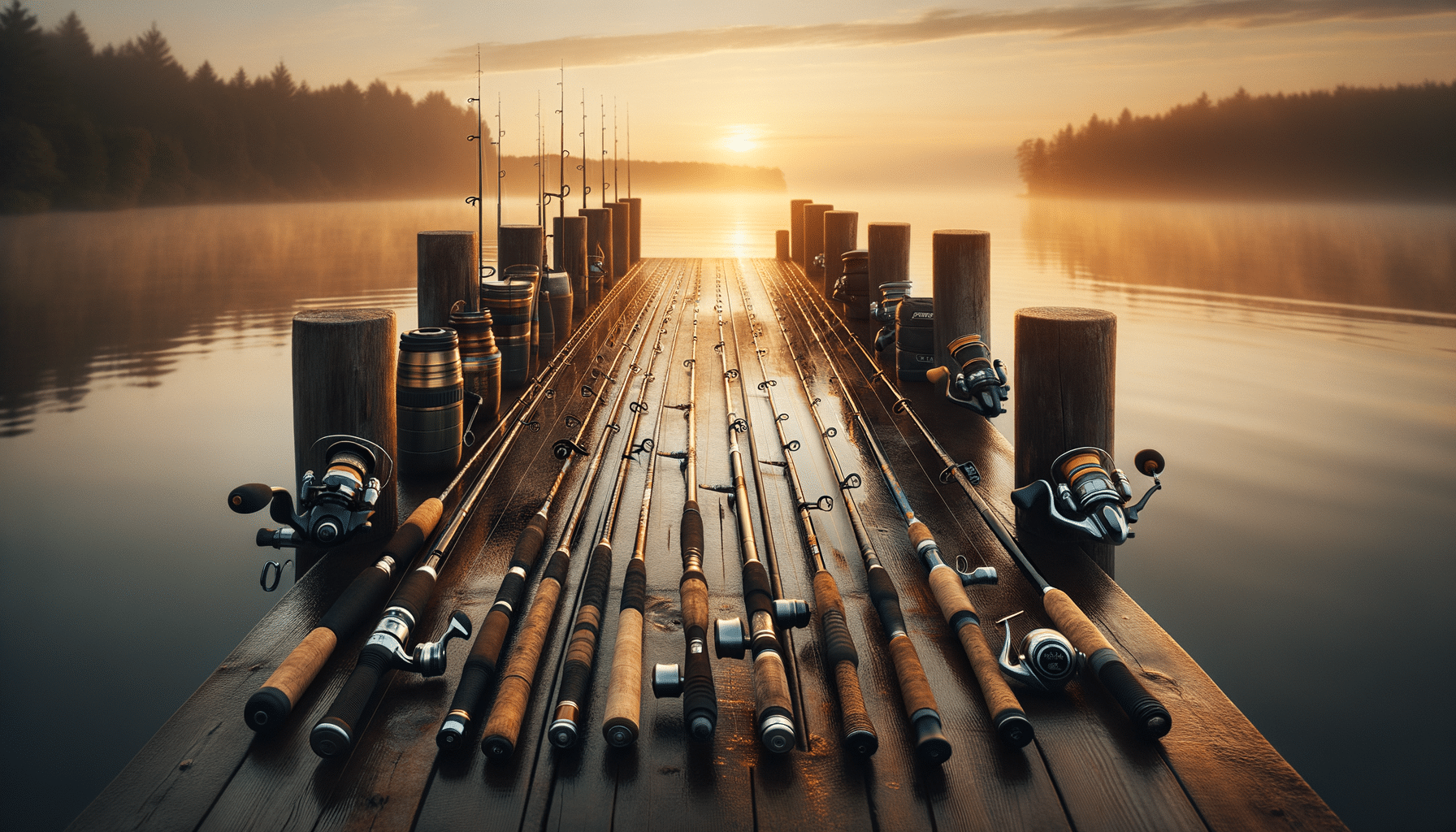Fishing Made Easy—Affordable Rods for the Beginner and Seasoned Angler!
Fishing offers a serene escape into nature, providing both challenge and relaxation for enthusiasts of all levels.

Introduction to Fishing: A Timeless Pastime
Fishing has been a cherished activity across cultures and generations. Whether for sustenance or sport, the allure of casting a line into the water and waiting for a bite is universal. This timeless pastime connects us to nature, offering a peaceful retreat from the hustle and bustle of daily life. The pursuit of fish is not just about the catch; it’s about the experience, the patience, and the stories shared among friends and family. Fishing is more than a hobby; it’s a journey into the heart of nature.
Types of Fishing: Exploring Different Techniques
Fishing is as diverse as the waters it explores. From fly fishing in tranquil rivers to deep-sea fishing in vast oceans, each technique offers unique challenges and rewards. Some popular types include:
- Fly Fishing: Known for its artful casting and lightweight flies, this method is ideal for freshwater environments.
- Deep-Sea Fishing: An adventurous pursuit that takes anglers far from shore in search of large, oceanic species.
- Ice Fishing: A winter tradition in colder regions, where fishing is done through holes cut in the ice.
- Kayak Fishing: Combines paddling with fishing, offering a more intimate experience with nature.
Each type of fishing requires different skills and equipment, catering to various preferences and environments. Whether you prefer the calm of a lake or the thrill of the open sea, there’s a fishing style for everyone.
Essential Gear: What You Need to Get Started
Starting your fishing adventure requires some basic gear. The essentials include a rod, reel, line, and tackle. When choosing a rod, consider the type of fishing you plan to do. Spinning rods are versatile and user-friendly, making them a great choice for beginners. Reels should match the rod and line weight for balance and efficiency.
Tackle, such as hooks, weights, and lures, can vary depending on the fish species you’re targeting. A tackle box will help keep your gear organized. Don’t forget a fishing license, as it’s required in most regions. With the right equipment, you’re ready to embark on your fishing journey.
Conservation and Sustainable Fishing Practices
As stewards of the environment, anglers have a responsibility to practice sustainable fishing. This means adhering to regulations, such as catch limits and size restrictions, to ensure fish populations remain healthy. Catch and release is a popular practice that allows fish to be returned to the water unharmed.
Using barbless hooks and handling fish with care can minimize harm. Additionally, participating in clean-up efforts and using eco-friendly gear contributes to the preservation of aquatic habitats. Sustainable fishing ensures that future generations can enjoy the same opportunities we have today.
Conclusion: The Joy of Fishing
Fishing is more than a pastime; it’s a way to connect with nature and create lasting memories. Whether you’re a seasoned angler or a curious beginner, the joys of fishing are accessible to all. With a respect for the environment and a spirit of adventure, fishing can be a rewarding and fulfilling pursuit. So grab your gear, head to the water, and discover the tranquility and excitement that fishing has to offer.